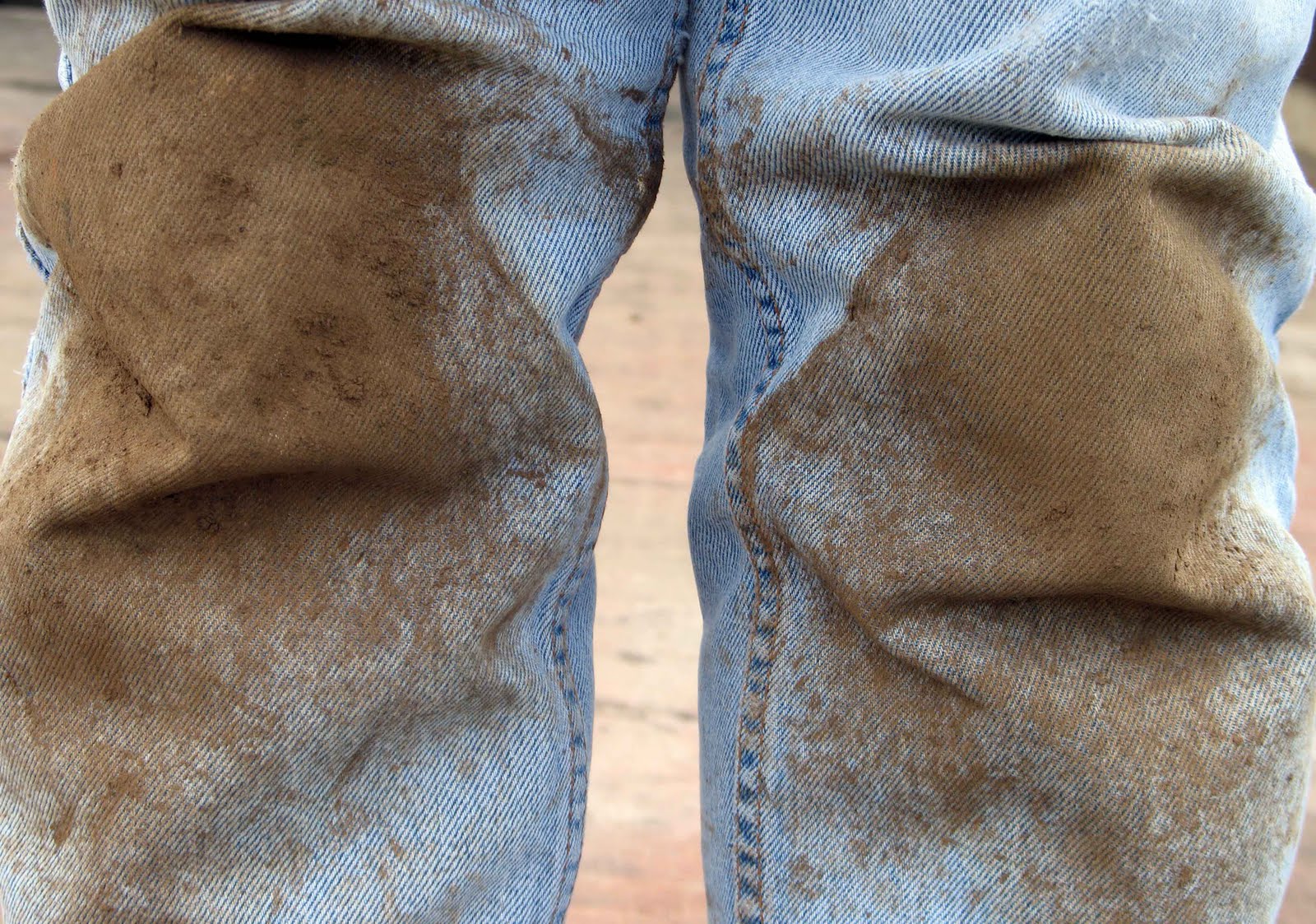OA risk increases with age, at time of injury and from time of injury onset
Joint trauma can lead to a spectrum of acute lesions, including osteochondral fractures, ligament or meniscus tears and damage to the articular cartilage. This is often associated with intra-articular bleeding and causes post-traumatic joint inflammation.

This is what happens when you work in the garden in the Northwest. Thank goodness for old jeans. Cat Patches
| Abstract |
Although the acute symptoms resolve and some of the lesions can be surgically repaired, joint injury triggers a chronic remodeling process in cartilage and other joint tissues that ultimately manifests as osteoarthritis in a majority of cases. The objective of the present review is to summarize information on pathogenetic mechanisms involved in the acute and chronic consequences of joint trauma and discuss potential pharmacological interventions.
The focus of the review is on the early events that follow joint trauma since therapies for post-traumatic joint inflammation are not available and this represents a unique window of opportunity to limit chronic consequences.
| References |
Posttraumatic osteoarthritis: pathogenesis and pharmacological treatment options, Lotz MK, Kraus VB. New developments in osteoarthritis. Arthritis Res Ther. 2010;12(3):211. doi: 10.1186/ar3046. Epub 2010 Jun 28. Erratum in: Arthritis Res Ther. 2010;12(6):408. Kraus, Virginia B [added]. Full text
